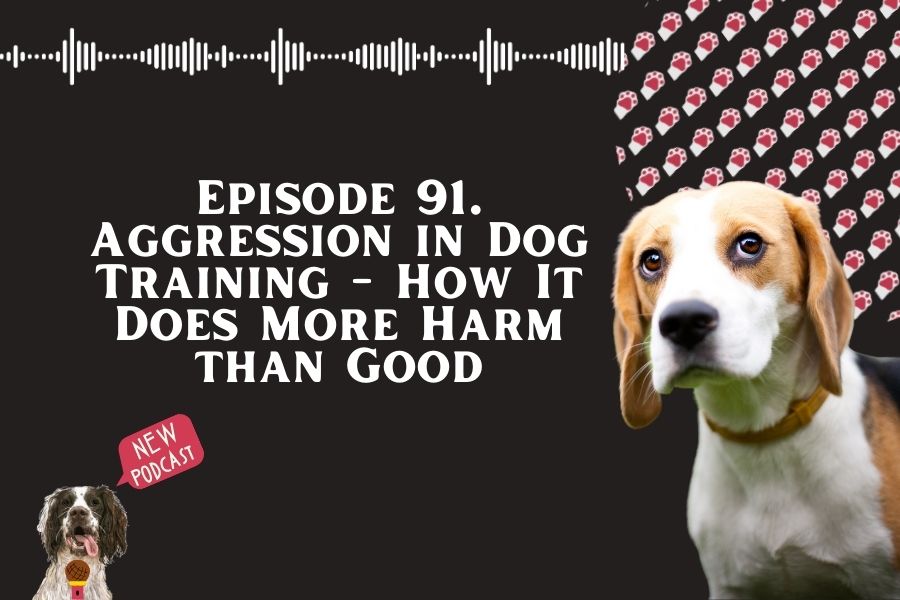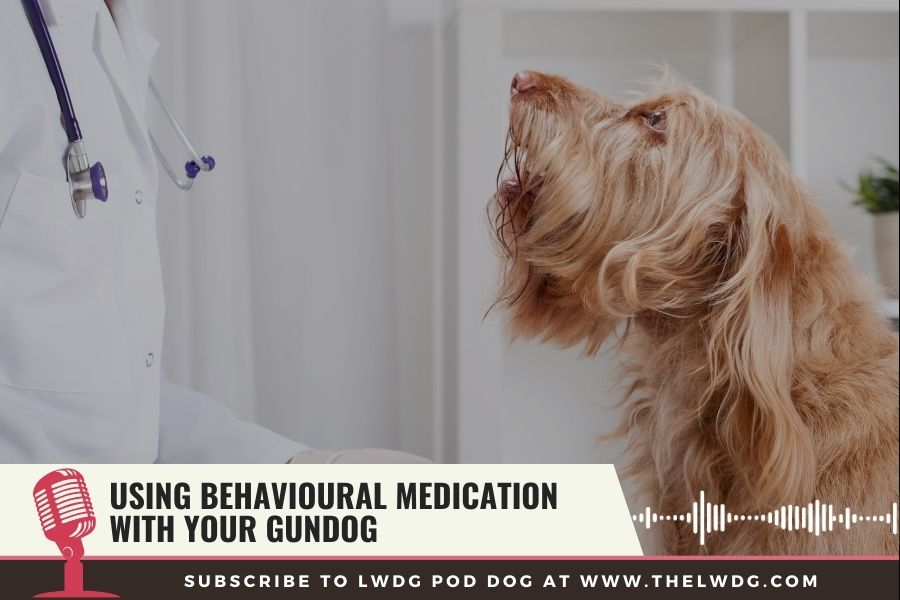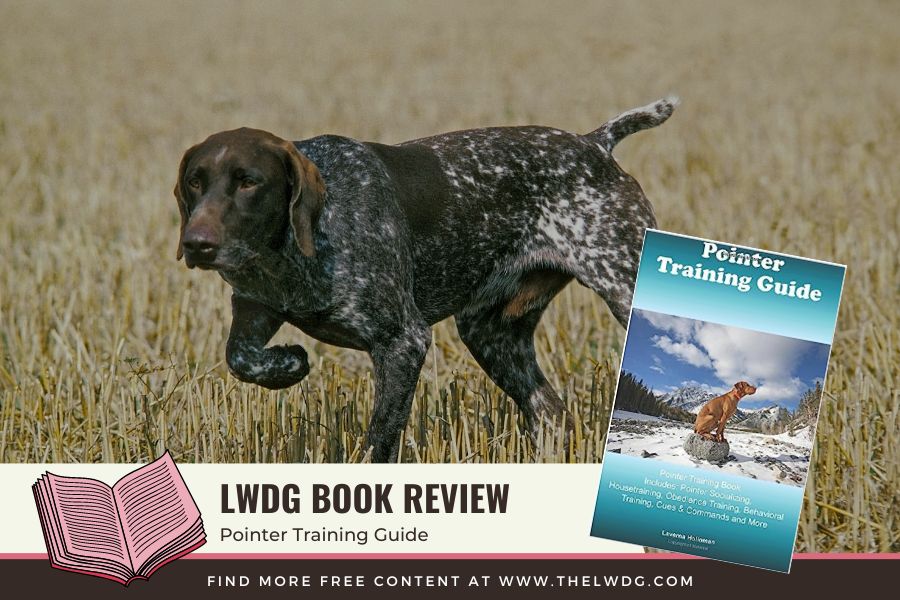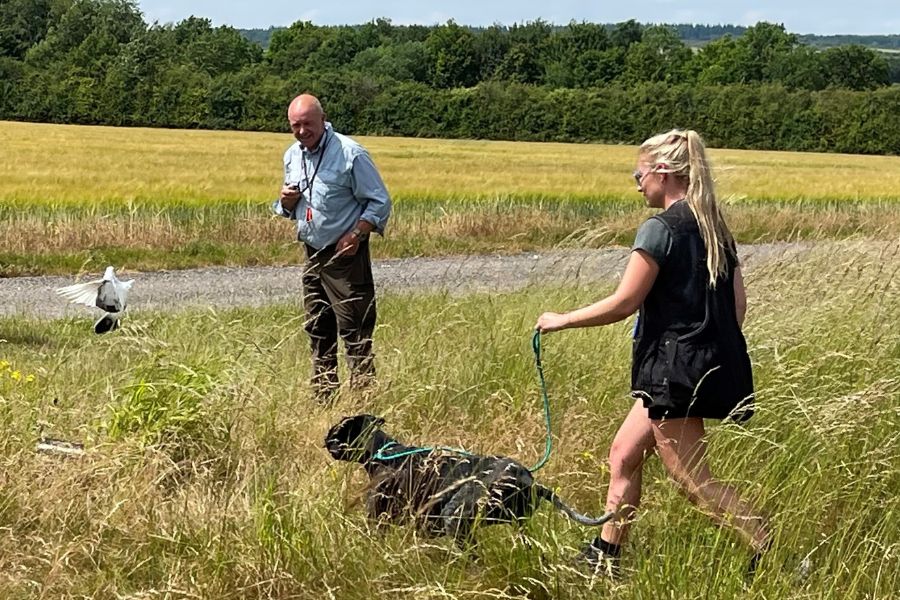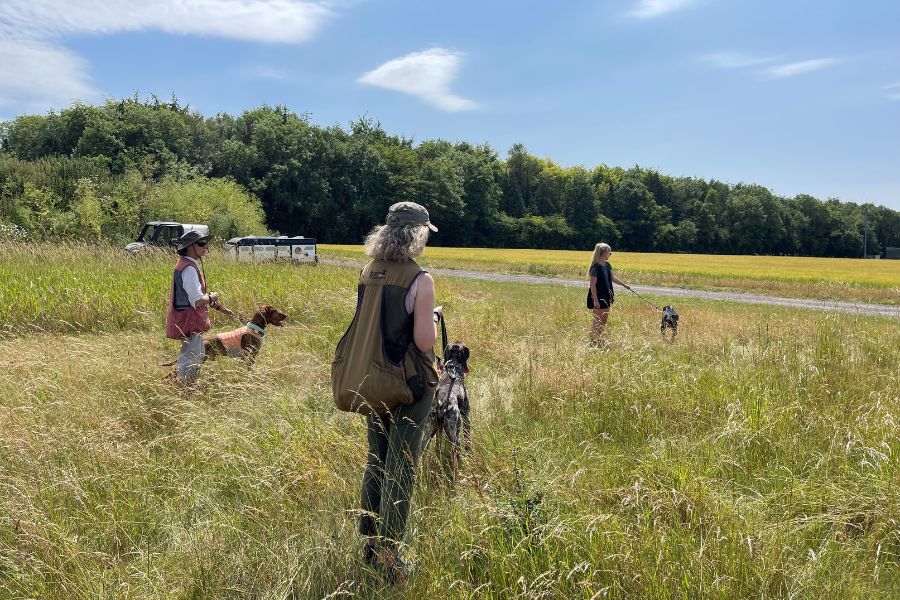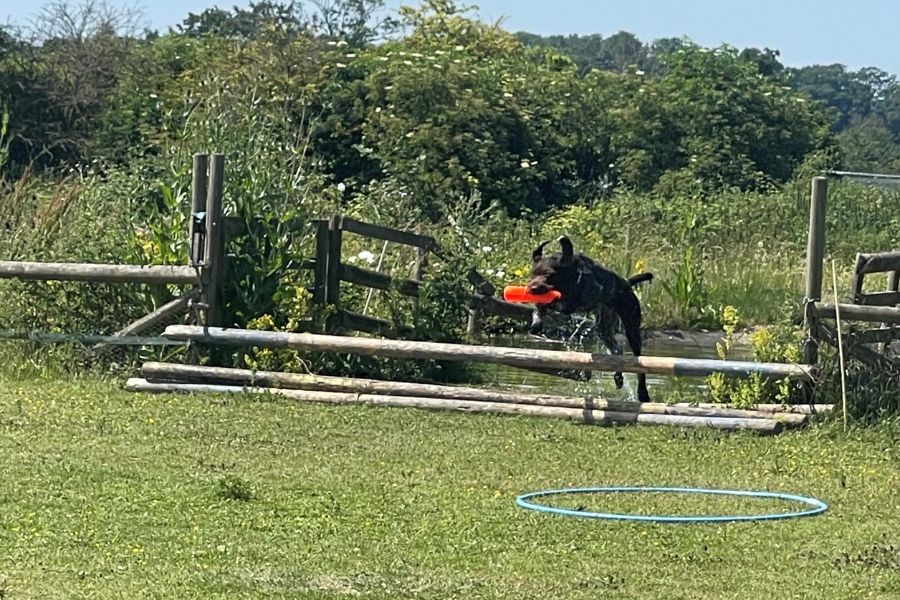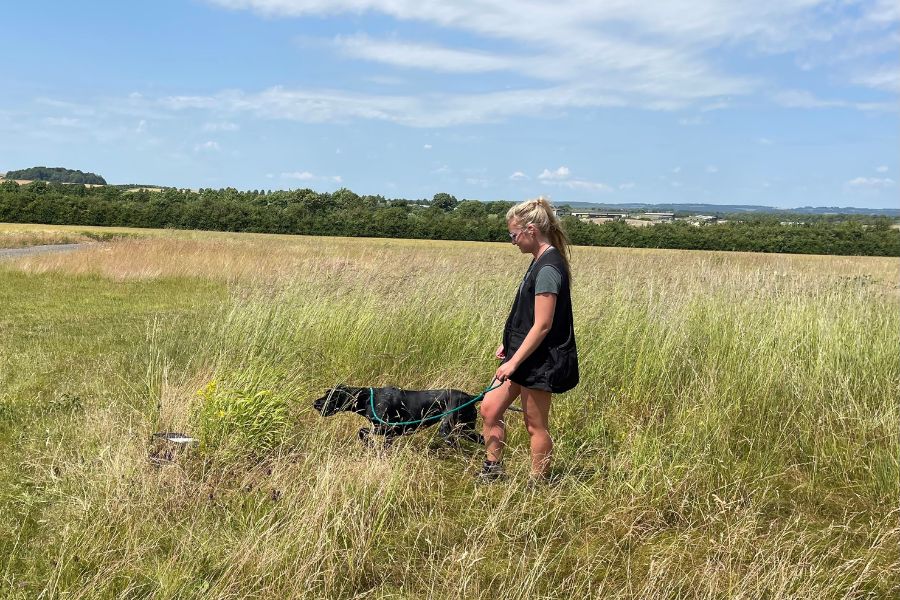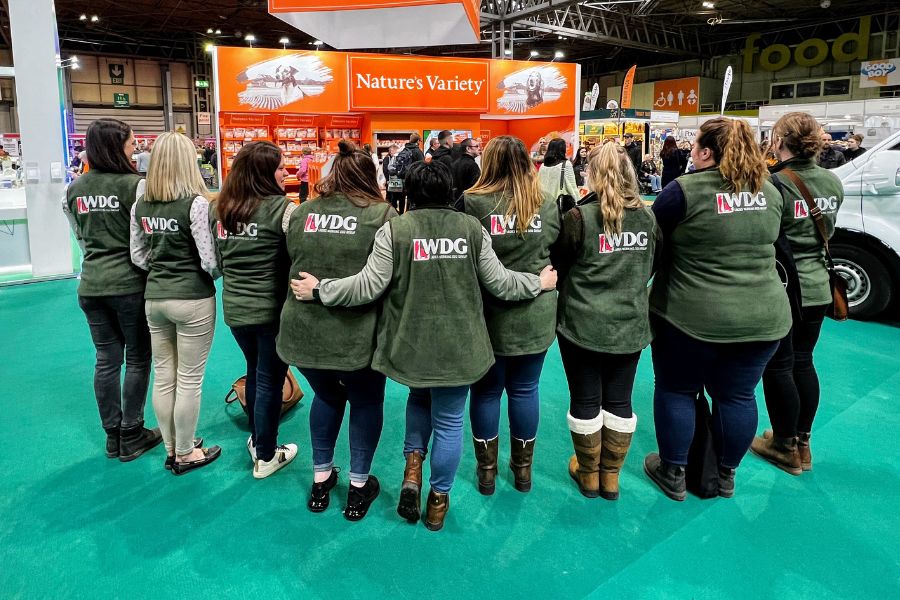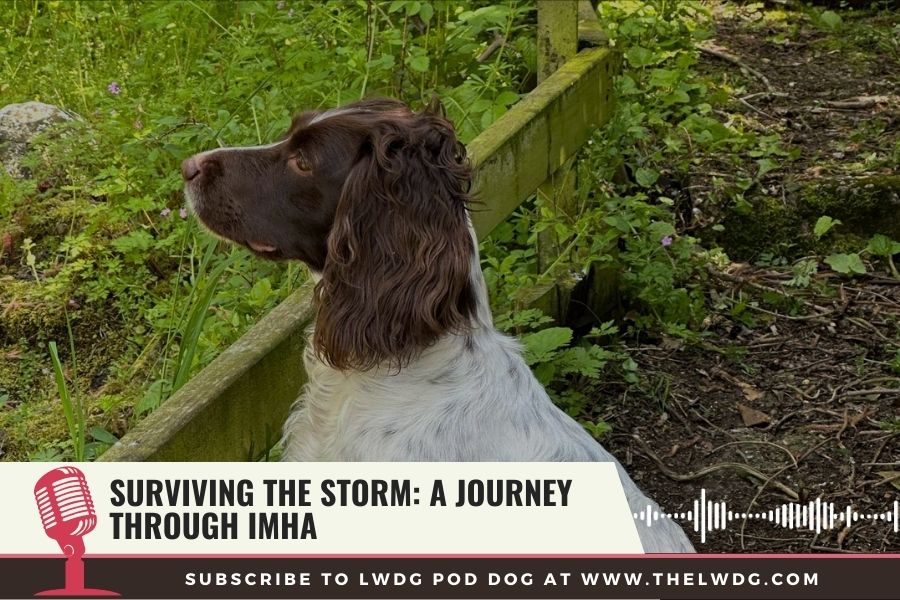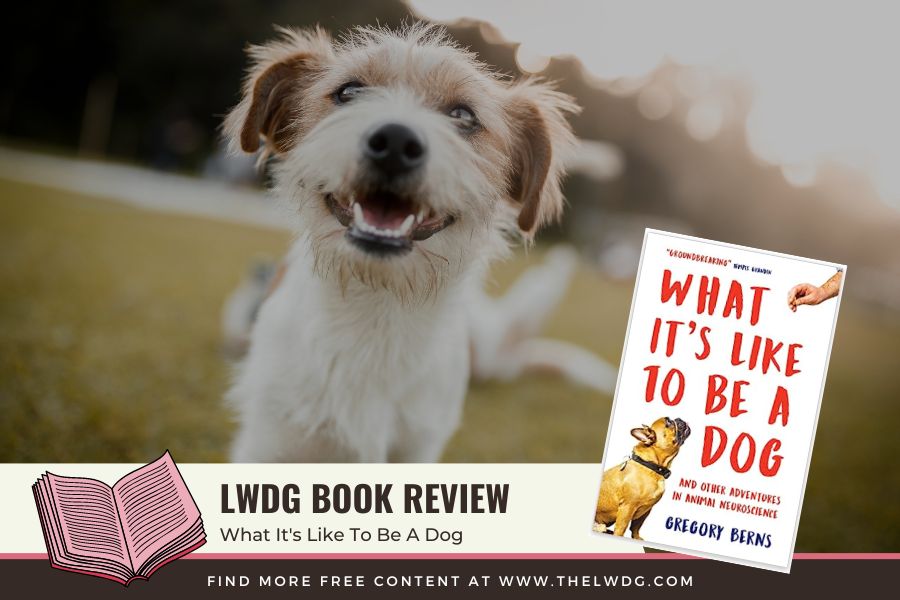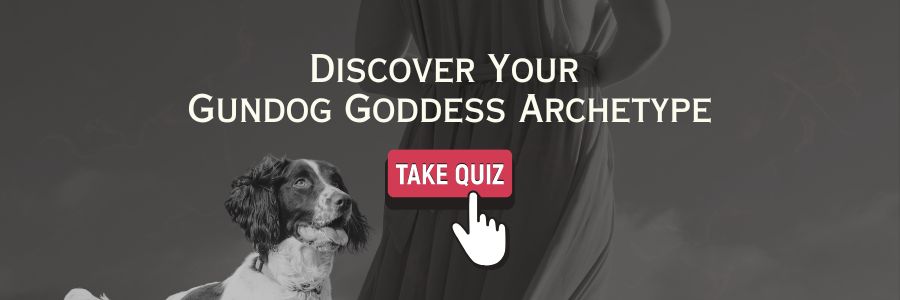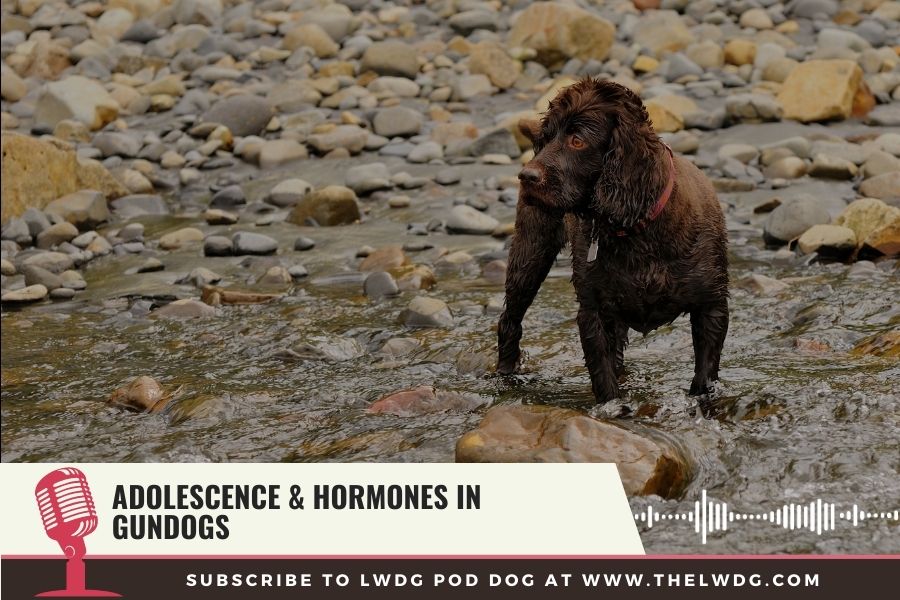The British countryside, with its sweeping moors, tranquil heaths, and rich history, is a tapestry of traditions. One of the most anticipated traditions is the Glorious 12th, a day that signals the beginning of the grouse shooting season. While it might be synonymous with sporting enthusiasts, the resonance of this day, the Glorius 12th, extends far beyond the realm of game shooting. It’s a celebration of the land, its bounty, and a time-honoured way of life that has played a pivotal role in the heritage of the British countryside.
For those unfamiliar, the Glorious 12th is not just about the sport. It’s about community, the economy, conservation, and, most importantly, the profound relationship between the British people and their land. Let’s delve deeper into this celebration, shedding light on its origins and what makes it so integral to the British countryside traditions.

Historical Significance of the Glorious 12th
Rooted in the annals of British history, the tradition of the Glorious 12th dates back centuries. With the advent of rail transport in the 19th century, accessing the remote moors of Scotland and Northern England became easier, ushering in the era of driven grouse shooting. The sport quickly became a symbol of status and affluence, drawing royalty, aristocrats, and socialites from across the country and beyond.
But why the 12th of August? The Game Act of 1831 set the start of the grouse shooting season on this date, ensuring that the young birds were mature enough to be hunted, while also providing them with ample time to breed and increase their numbers for the next season. It’s a perfect balance, striking harmony between sporting interests and the natural cycle of the bird’s life.
Over time, the day has evolved into more than just an inaugural shoot. It has become a cornerstone of British sporting culture, marked by gatherings, feasts, and a spirit of camaraderie that transcends social strata. The Glorious 12th is not just a date on the calendar; it’s a cherished institution, a testament to the enduring love affair the British have with their countryside and its myriad traditions.

The Beauty and Bounty of the British Countryside
The Glorious 12th wouldn’t be as cherished if not for the breathtaking backdrop against which it is set: the British countryside. Rolling moors, tinged with the purple hue of heather in bloom, stretch out as far as the eye can see. These vast expanses of land are not just aesthetically pleasing; they form the habitat for the red grouse, a species unique to the British Isles.
The red grouse, unlike its relatives, has adapted to thrive in the heather moorlands. As one traipses these moors, the distinct call of the grouse, a rhythmic ‘go-back, go-back, become a familiar sound. These birds, with their russet plumage and quick flight, become the emblem of the countryside during the shooting season.
But the British countryside’s beauty isn’t just limited to its landscapes and the red grouse. It is a symphony of life, home to a diverse array of flora and fauna. Skylarks soar high, curlews echo their haunting calls, and if you’re lucky, you might even spot the stealthy hen harrier gliding above. It’s a testament to nature’s grandeur and the delicate balance of the ecosystem.

Economic Impact of the Glorious 12th
As the day draws near, a palpable excitement courses through the rural communities. The Glorious 12th isn’t just about tradition; it’s a significant economic catalyst for the regions involved. Every year, enthusiasts, both domestic and international, flock to the British moors, bringing with them not just their passion for the day but also a boon to the local economies.
Local businesses, especially those in hospitality, experience a surge. Hotels are booked, restaurants serve traditional British fare with a special emphasis on game, and local shops benefit from the influx of visitors.
It’s not just about the immediate commerce either. The preparation for the shooting season creates employment opportunities year-round. Gamekeepers, essential to the management and conservation of the moors, are busy ensuring habitats are maintained and predators are controlled. Furthermore, beaters, loaders, and pickers-up are employed during the season, all pivotal roles ensuring the smooth running of a shoot day.
To understand the full economic impact of the Glorious 12th is to appreciate its role in sustaining rural communities, supporting local businesses, and fostering a sense of pride and identity for those who call the British countryside home.
Conservation and Sustainability Efforts
While the Glorious 12th is traditionally known for its sporting appeal, what’s less commonly discussed but equally crucial is its significant contribution to conservation. The grouse moors managed for shooting, play an indispensable role in preserving some of the UK’s most threatened habitats and wildlife.
Gamekeepers, often considered the unsung heroes of the moors, are dedicated to habitat management and conservation. Their efforts ensure that the heather thrives, providing not just for the grouse but also for myriad species, many of which are endangered. Thanks to managed moorlands, birds like the curlew, lapwing, and golden plover have a fighting chance against decline.
Furthermore, sustainable shooting practices have been embraced widely. These ensure that the grouse population remains robust, with only a sustainable number taken each season. Such practices reflect a deep-seated respect for the land and its creatures, ensuring that the tradition can be enjoyed by generations to come.

The Social and Community Aspects
At its heart, the Glorious 12th is a social event, that fosters a deep sense of community and togetherness. As shots ring out and grouse fly, there’s more happening on the ground. Families, friends, and even strangers come together, united by shared passion and tradition.
Post-shoot gatherings are a thing of beauty. Tales of the day’s triumphs (and those many misses) are shared over hearty meals, with game often taking centre stage on the dining table. Traditional recipes are passed down through generations, each adding its own twist but maintaining the essence of this respected tradition. But it’s not just about the sport or the meal. It’s the laughter, the coming togetherness, and the shared memories. The Glorious 12th acts as a bridge, connecting urban dwellers with rural communities, the young with the old, and tradition with modernity.
Controversies and Modern Perspectives
No tradition is without its share of debates, and the Glorious 12th is no exception. Over the years, the ethics of shooting for sport has been questioned by animal welfare advocates and certain environmental groups. They raise concerns about potential disturbances to the ecosystem and the morality of hunting.
It’s essential to address these concerns head-on. Many within the shooting community are continually evolving their practices to be more sustainable, to improve understanding and to educate. Education plays a pivotal role here, emphasising the conservation efforts tied to the Glorious 12th and the symbiotic relationship between man, its wild birds, and the land.
By encouraging open dialogue and understanding, it’s possible to find a way forward. One where tradition is respected, nature is preserved, and future generations can debate, discuss, and ultimately decide how the story continues.

Personal Experiences and Anecdotes
While I’ve never personally taken to the moors for a grouse shoot, the beauty of our membership community is that it allows individuals like me to experience the Glorious 12th through the eyes of our members. Through the vivid imagery, wonderful videos, and heartfelt stories shared, I’ve been transported to those vast stretches of heather-clad lands time and again.
One element that consistently stands out in these shared experiences is the invaluable role of working dogs. Their commitment, whether it’s an eager spaniel working, or a loyal retriever meticulously carrying out its task, is profoundly moving. These images and tales not only highlight the skills of the dogs but also the remarkable relationship they share with their handlers.
The heartwarming moments captured – a weary dog finding solace in its owner’s embrace, the joyous celebrations of a job well done, or the shared serenity after the day is done – make the tradition come alive for me. I’d love for our readers to continue sharing their own experiences and stories. Whether it’s a proud moment of your dog’s achievements or a family tradition intertwined with the Glorious 12th, it’s these personal narratives that keep the spirit of the day alive and burning bright.
Conclusion
The magic of the Glorious 12th is that, even if you’ve never set foot on the moors, its essence can be felt and lived through the shared experiences of our community. Working dogs, with their unwavering dedication and loyalty, stand at the heart of these narratives.
For many gundog owners and enthusiasts, the bond they share with their dogs goes beyond the moors and the shooting season. It’s a year-round companionship built on trust and respect. And while I may not have personally felt the heather beneath my feet or heard the call of the grouse echoing across the moor, I’ve come to deeply appreciate and respect this tradition. Through the lens of our members, I’ve felt the passion, the camaraderie, and the love for the British countryside.
In a rapidly changing world, the Glorious 12th serves as a poignant reminder of traditions that bind communities together, the beauty of the natural world, and the age-old bond between humans and their canine companions. Let’s celebrate, cherish, and continue sharing these days and stories for future generations to discover and appreciate.
Further Reading
The Glorious 12th: A Guide to Grouse Shooting in the UK
Counting Grouse With Gundogs On Spectacular UK Moorland
Why is the Twelfth so glorious?
Preparing Game Birds For The Table

